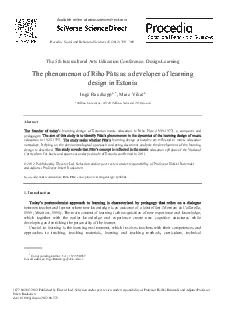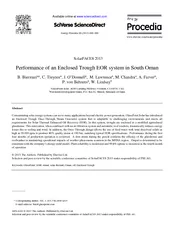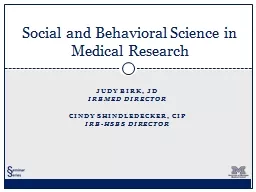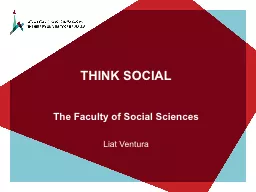PDF-Procedia Social and Behavioral Sciences 45 2012 359 369
Author : joyce | Published Date : 2021-09-08
The 5th Intercultural Arts Education Conference Design Learning The phenomenon of Riho Pts as a developer of learning design in Estonia Inge Raudsepp Maie VikatTallinn
Presentation Embed Code
Download Presentation
Download Presentation The PPT/PDF document "Procedia Social and Behavioral Sciences..." is the property of its rightful owner. Permission is granted to download and print the materials on this website for personal, non-commercial use only, and to display it on your personal computer provided you do not modify the materials and that you retain all copyright notices contained in the materials. By downloading content from our website, you accept the terms of this agreement.
Procedia Social and Behavioral Sciences 45 2012 359 369: Transcript
Download Rules Of Document
"Procedia Social and Behavioral Sciences 45 2012 359 369"The content belongs to its owner. You may download and print it for personal use, without modification, and keep all copyright notices. By downloading, you agree to these terms.
Related Documents














